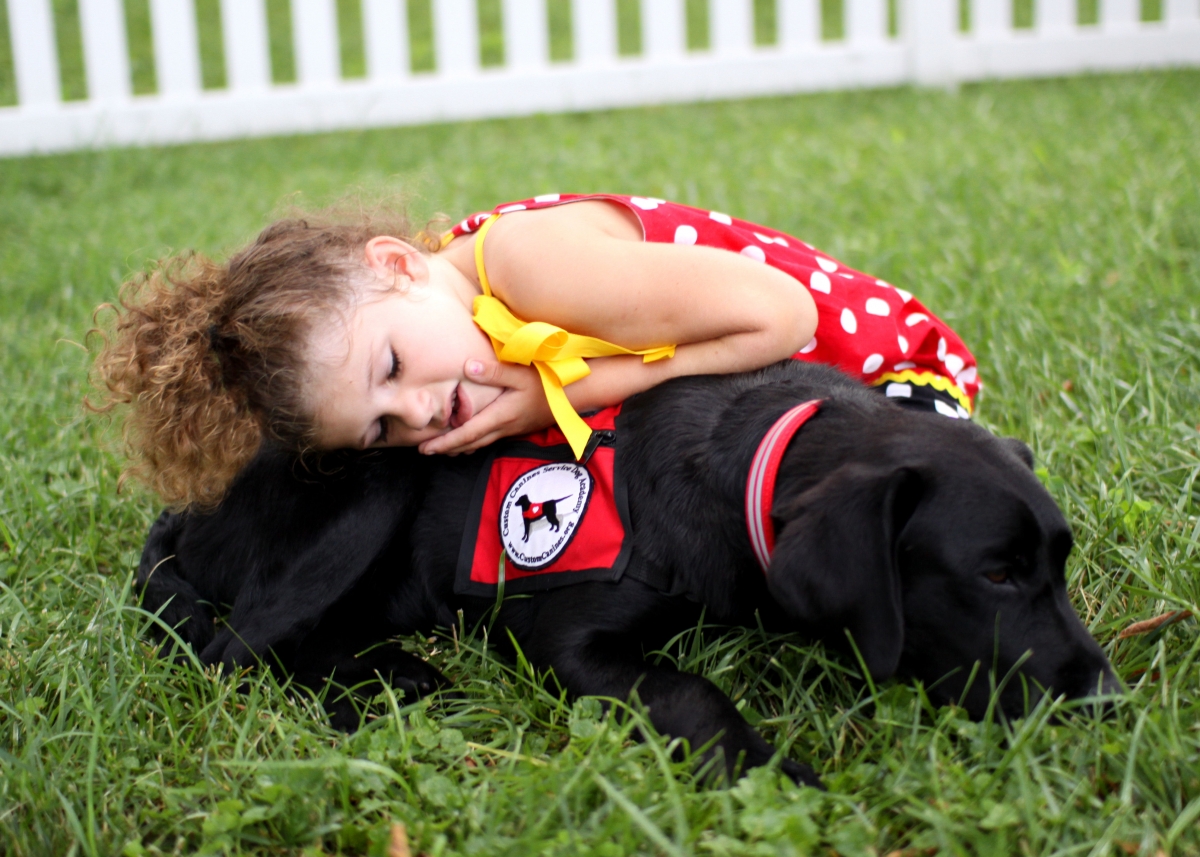A New Approach to Treat Dog Phobia in Children with Autism
By Shannon Tyner, M.A., BCBA

An estimated 30% of individuals with an autism spectrum disorder also receive a diagnosis of a clinical phobia. Such phobias range from avoidance of medical routines to clowns and the family pet. Phobias can elicit/occasion signs of distress in the form of elopement, crying, screaming, aggression, as well as increased heart rate, blood pressure and cortisol levels. These phobia-induced behaviors can disrupt daily functioning in medical and social contexts. For example, a child who displays phobic behavior in the presence of a doctor or dentist may be unable to receive a routine medical exam and procedures that may be necessary for their health. Another common example is that parents/caregivers of a child with dog phobia might not be able to attend a birthday party because there is a chance of encountering a dog. The standard approach to treating phobias is to prescribe anxiety-reducing drugs.
Taking a different approach to treatment of phobias, FIT faculty and students Tyner, Brewer, Helman, Leon, Pritchard and Schlund (2016) evaluated the effects of a behavioral treatment, known as Contact Desensitization combined with positive reinforcement, on dog phobias in children with autism. Parents and caregivers reported their child’s escape and avoidance of dogs was a major problem. Prior to treatment, a therapist asked each child to walk as close as they could to a dog that was located on the opposite side of the gym with a trainer. Children never approached the dog. During treatment, the therapist escorted the child toward the dog. The therapist rewarded the child’s gradual approach toward the dog with his/ her favorite snack. Following treatment, the therapist asked the child to walk as close as they could to the dog without the help of the therapist. The results showed that, due to the behavioral treatment, that two of the children were able to pet, play with and walk the dog on a leash for up to 20 minutes. The third child was able to approach within 9 feet of a dog, which met his parents’ treatment goals. Moreover, follow-up assessments conducted several weeks after treatment, showed that these children were able to interact with new dogs that were not used during treatment— an exciting and robust therapeutic outcome!
By implementing a simple-to-conduct behavioral treatment in just a few short months, these children are now in a position to own a family pet and freely take part in outings to public places such as their neighborhood, parks and playgrounds without the potential for negative emotional behavior such as disruptive tantrums. Many doors have been opened for the families who will no longer have to carefully plan their child’s day to avoid events that could result in the problem behavior associated with dogs.
Shannon Tyner, M.A., BCBA, is a recent graduate of Florida Institute of Technology’s Professional Master’s Program in Behavior Analysis in the School of Behavior Analysis.
References: Tyner, S., Brewer, A., Helman, M., Leon, Y., Pritchard, J., & Schlund, M. (2016). Nice Doggie! Contact Desensitization Plus Reinforcement Decreases Dog Phobias for Children with Autism. Behavior Analysis in Practice, 9, 54-57.





